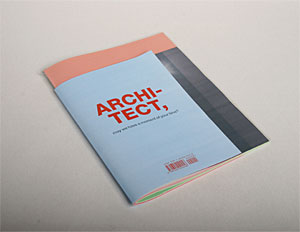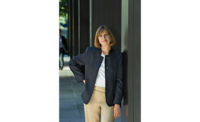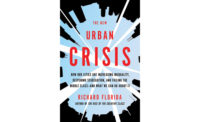When Public Architecture launched The 1% Solution in 2005, it tapped into the architecture community’s altruism: The San Francisco–based practice and public-service advocacy has since signed up 157 firms to pledge 1 percent of their time to nonprofit organizations that could not otherwise afford design direction. And yet Public Architecture executive director John Cary admits that some of those promises have been “more symbolic than anything.” A three-pronged initiative, to be unveiled September 4 along with a name change to simply “The 1%,” will help architects realize their best intentions.

While The 1% has galvanized several pro bono jobs—the San Francisco firm David Baker + Partners Architects, for example, undertook a feasibility study and conceptual design for a Habitat for Humanity development in Oakland, California, as a result of its pledge—Cary says that he’s fielded hundreds of queries from architects who don’t know how to make good on a promise. Though Public Architecture had channeled architects’ desire to help, there were still practicalities to overcome: How to find the right client? What about liability?
With financial support from seven architecture firms, the Web site theonepercent.org has been revamped to provide such assistance. A new matching service links architects with appropriate clients. It is “modeled most closely after a dating service,” Cary says. Nonprofits submit information about themselves and their needs, architects submit information about their capabilities, and the software generates the best potential matches.
“We are almost inundated with phone calls from nonprofit organizations, church groups, and other clients worthy of pro bono design assistance,” Cary says. “It’s not just our organization that receives those kinds of inquiries, but virtually any architecture firm, AIA chapter, and school. We’re not cataloging the needs out there; this Web site will provide for those functions.”
The Web site now offers model contract language and contractual addenda for review and use, drafted with the law firms Long & Levit and Reno & Cavanaugh. “We don’t want this legal dilemma to burden people to the point they can’t act,” Cary says, adding that official agreements bring dignity to the pro bono client. Both architects and clients can look to the third component of Public Architecture’s effort for further guidance. The 1% Users Manual offers how-to advice and case studies in collaboration.
Cary envisions that September’s introductions are just a start, and hopes that this initial phase should build the organization’s momentum. “I can imagine that, by finally addressing a lot of architecture firms’ questions and needs, we will attract another cohort to The 1%.”
|




Post a comment to this article
Report Abusive Comment